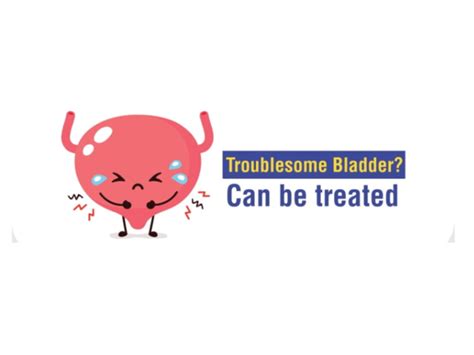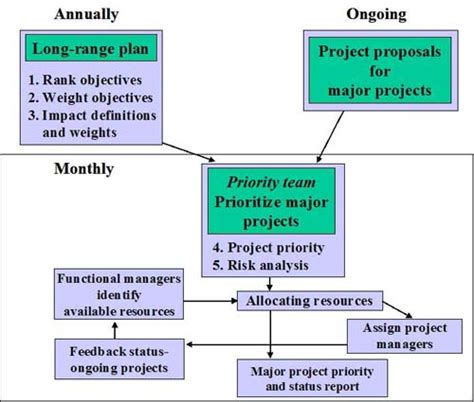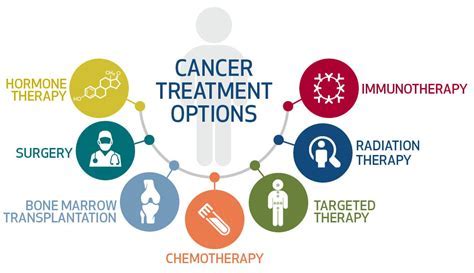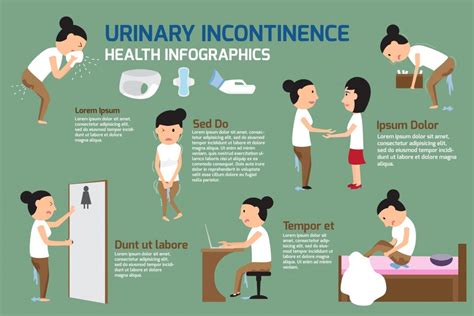Intro
Discover 5 effective ways to manage incontinence, including bladder control, pelvic floor exercises, and protective gear, to regain confidence and independence from urinary incontinence symptoms and leaks.
Managing incontinence effectively is crucial for maintaining dignity, comfort, and overall quality of life. Incontinence, whether it affects urine or bowel control, can significantly impact an individual's confidence and ability to engage in daily activities without worry. Understanding the causes, types, and available management strategies is the first step towards regaining control and confidence. Incontinence is not a normal part of aging, and there are various treatments and management techniques available. It's essential to approach the topic with sensitivity and to explore the multifaceted solutions that cater to different needs and circumstances.
Incontinence can result from a variety of factors including neurological disorders, physical disabilities, certain medications, and even temporary conditions such as urinary tract infections. The impact of incontinence extends beyond the physical, affecting emotional and psychological well-being. Therefore, managing incontinence requires a comprehensive approach that considers not just the physical aspects but also the emotional and social implications. By acknowledging the complexity of incontinence and the diverse experiences of those affected, individuals can begin to explore the most suitable management strategies for their specific situation.
The journey to managing incontinence successfully involves education, support, and often, a trial-and-error process to find the most effective solutions. It's crucial for individuals to understand that they are not alone in this journey and that seeking help is the first step towards a more manageable and fulfilling life. Healthcare professionals, support groups, and a wealth of informational resources are available to guide individuals through this process. With the right mindset, support, and strategies, it's possible to mitigate the effects of incontinence and enhance overall well-being.
Understanding Incontinence

Causes and Risk Factors
The causes of incontinence can be diverse, ranging from temporary issues like infections to more permanent conditions such as neurological damage or certain diseases. Age, gender, and lifestyle factors can also play a significant role. For instance, women are more likely to experience incontinence due to childbirth and menopause, while men with enlarged prostates may face similar challenges. Identifying the underlying cause is essential for developing an effective management plan.Management Strategies

Lifestyle Modifications
Lifestyle modifications are often the first line of defense against incontinence. This can include: - **Dietary Changes:** Avoiding foods and drinks that can irritate the bladder, such as caffeine, alcohol, and spicy foods. - **Weight Management:** Maintaining a healthy weight to reduce pressure on the bladder and pelvic floor muscles. - **Smoking Cessation:** Quitting smoking, as it can lead to coughing, which exacerbates stress incontinence. - **Exercise:** Engaging in regular physical activity, but avoiding high-impact exercises that may worsen incontinence.Treatment Options

Emotional and Psychological Support
The emotional and psychological impact of incontinence should not be underestimated. Support from family, friends, and support groups can be invaluable. Professional counseling can also help individuals cope with the emotional aspects of incontinence, such as feelings of embarrassment, shame, or isolation. It's essential to remember that incontinence is a medical condition and seeking help is a sign of strength, not weakness.Living with Incontinence

Future Directions
Research into incontinence and its management is ongoing, with new treatments and technologies being developed. Advances in medical devices, pharmaceuticals, and surgical techniques offer hope for more effective management options in the future. Additionally, there is a growing emphasis on preventive care and early intervention, which could significantly reduce the incidence and impact of incontinence.Conclusion and Next Steps

Final Thoughts
As we move forward, it's essential to continue the conversation about incontinence, reducing stigma and encouraging open dialogue. By doing so, we can ensure that those affected by incontinence feel supported and empowered to seek the help they need. Remember, incontinence is not something to be ashamed of; it's a medical condition that deserves understanding, respect, and comprehensive care.What are the most common types of incontinence?
+The most common types include stress incontinence, urge incontinence, and mixed incontinence, each requiring different management approaches.
How can lifestyle modifications help manage incontinence?
+Lifestyle modifications such as dietary changes, weight management, smoking cessation, and exercise can help reduce the severity of incontinence symptoms.
What role does emotional support play in managing incontinence?
+Emotional support from family, friends, support groups, and professional counseling is crucial in helping individuals cope with the emotional and psychological impact of incontinence.
We invite you to share your thoughts, experiences, and questions about managing incontinence. Your input can help others feel less alone and more empowered to seek the help they need. Together, let's work towards creating a supportive community that fosters open conversation and understanding about incontinence and its management.
